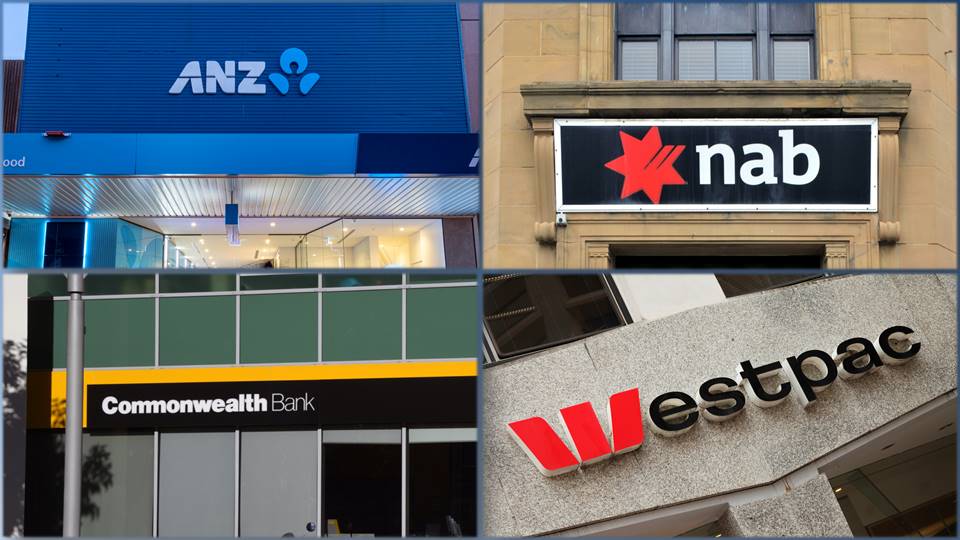
The Reserve Bank of Australia is tipped to make another rate increase in its October meeting next week — while it is likely to be another 50bps hike, not all major bank economists have the same opinion.
If the 50bps hike pushes through, it would bring the cash rate to 2.85%, the highest since April 2013, when the RBA started reducing rates.
Inflation and unemployment figures are some of the most crucial factors the RBA considers in its monetary policy decision.
The Consumer Price Index (CPI) rose 1.8% over the June quarter. Over the 12-month period, CPI inflation increased 6.1%
Based on the RBA’s latest central forecast, the CPI inflation is expected to peak at 7.75% this year, before slowing to above 4% in 2023 and around 3% in 2024.
The RBA’s target is to bring underlying inflation back to the 2% to 3% target band - it currently stands at 4.9%.
Meanwhile, unemployment slightly increased to 3.5% in August from 3.4% in July, which was the lowest level in almost 50 years.
Here’s what each of the major bank economist has to say about the possible move by the RBA in October:
ANZ: 50bps increase
ANZ senior economist Catherine Birch said the 2.1% decline in job ads did not make any material dent to the “extraordinarily high” number of job vacancies.
“The fact that a leading indicator of the labour market is still incredibly strong suggests the RBA may have to do more than we currently expect to slow demand growth,” she said.
“Data on job vacancies and the monthly CPI indicator do not change our expectation that the RBA will hike the cash rate 50bps at its October meeting.”
The ABS' new monthly CPI indicator went from 7.0% in July to 6.8% in August but excludes volatile yet crucial items such as foot and vegetables, and automotive fuel.
CommBank: 25bps increase
CommBank head of Australian economics Gareth Aird said it seems likely that the RBA will start to slow its hiking phase in October.
“We stick with our call for the RBA to slow the pace of their tightening cycle at next week’s Board meeting and to raise the cash rate by a ‘business as usual’ 25bps,” he said.
Based on the monthly CPI data covering July and August, CPI from the third quarter (July through September) is likely to increase by 1.6%, which would take the annual rate to 7%.
“Such an outcome would mean the quarterly pace of headline inflation has not accelerated, but rather slowed,” Mr Aird said.
Mr Aird said despite the RBA seemingly making it appear that these latest inflation figures would have little consequences in its decisions, there are reasons for them to consider it.
“There was a risk that the inflation data indicated the pulse of inflation accelerated or came in stronger than the RBA anticipated, but the data is likely to have come in below the RBA’s expectations,” he said.
“The RBA’s expectation for inflation to peak at 7.75% to 8% implies quarterly increases of around 1.8% in CPI over the next two quarters. Recent data points to a softer increase.”
NAB: 50bps increase
NAB group chief economist Alan Oster said based on recent data and the overall sentiment of the RBA, a 50bps increase in October is highly likely.
“We expect a fifth consecutive 50bps rate increase in October. We then expect a step down to occur with a 25bps rise in November, which would take the cash rate to 3.1% by year-end,” he said.
Mr Oster said RBA is expected to pause the hiking cycle after November to assess how the impact of these increases over the year.
“We expect a very strong third-quarter core CPI and expect headline inflation to only peak in the fourth quarter, which will continue to put pressure on the RBA,” he said.
Westpac: 50 bps increase
Westpac chief economist Bill Evans said the RBA hike cycle will continue on a same pace in October, reiterating the major bank's change of forecast from a 25bps increase to 50bps.
“While we have argued strongly that the RBA Board should slow the pace of increases once it has reached a neutral setting there was always some uncertainty as to whether the current starting point for the meeting, 2.35%, was sufficiently close to neutral to justify the scale back,” he said.
Mr Evans cited the continued increase in global interest rates, which makes its sensible for the RBA to push the cash rate to 2.85% next month.
“Rate hikes are expected to continue out to February 2023 as the December inflation report is likely to show consumer prices lifting strong in the December quarter, we expect a 2.5% jump in the headline and a still hefty 1.2% rise for underlying inflation,” he said.
Collections: Mortgage News Interest Rates

 Fact checked
Fact checked

Share